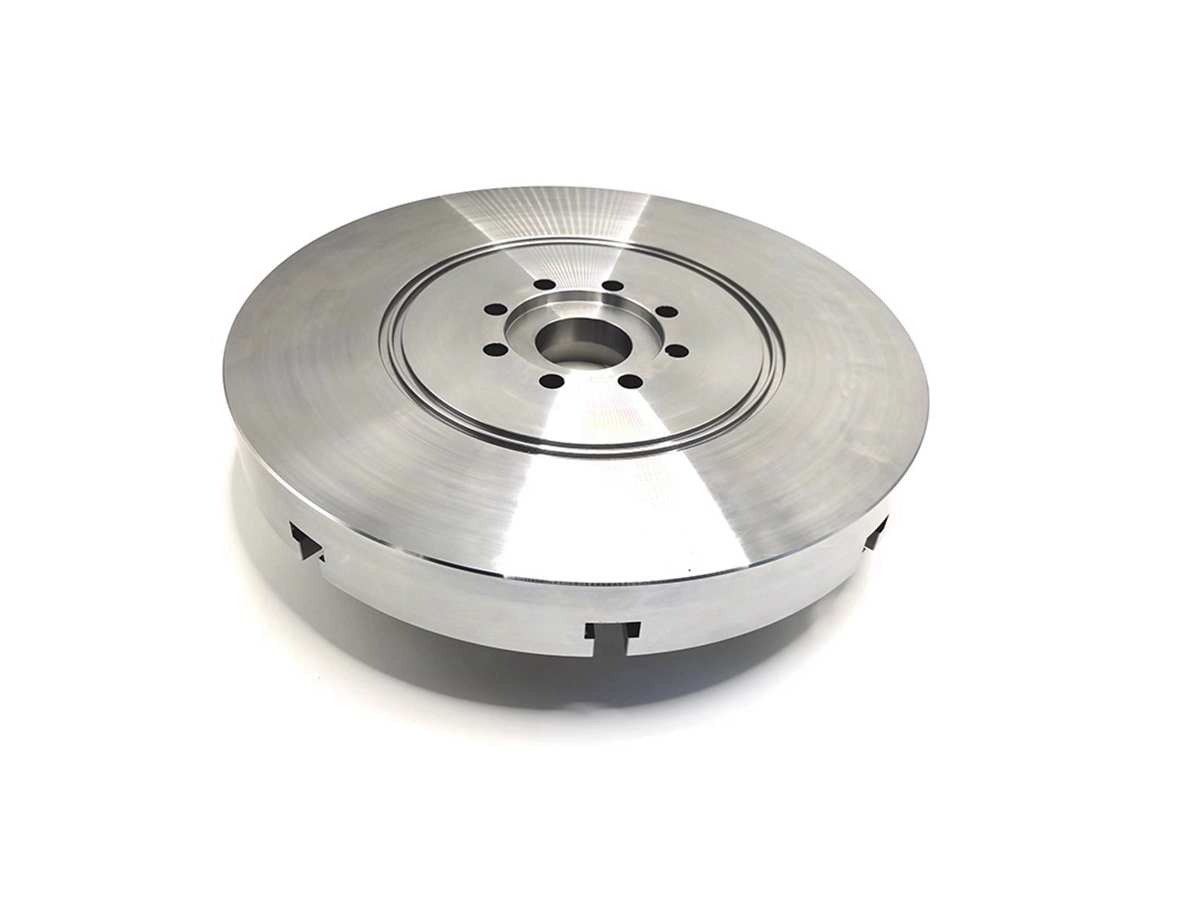Precision Stainless Steel Machining Parts in Automotive Industry: A Success Story
Driving Innovation with High-Performance Stainless Steel
The automotive industry’s shift toward lightweight, durable, and corrosion-resistant components has positioned stainless steel as a critical material. Precision CNC machining services enable complex automotive parts with tolerances as tight as ±0.005mm, meeting stringent IATF 16949 quality standards. From SUS304 exhaust manifolds to SUS316L fuel injectors, stainless steel accounts for 25-30% of modern vehicle metallic components by weight.
The rise of electric vehicles (EVs) and emission regulations demands components that withstand harsh environments. Advanced multi-axis CNC machining produces battery housings and hydrogen fuel cell plates with Ra <0.8μm surfaces, reducing corrosion risks by 70% compared to traditional methods.
Material Selection: Stainless Steel for Automotive Excellence
Material | Key Metrics | Automotive Applications | Limitations |
|---|---|---|---|
520 MPa UTS, 40% elongation | Exhaust systems, trim components | Prone to chloride-induced SCC | |
485 MPa UTS, 2.1% Mo content | Fuel rails, EV cooling plates | Higher cost vs. 304 series | |
450 MPa UTS, 16% Cr content | Sensor mounts, brackets | Limited weldability | |
1,300 MPa UTS, H900 condition | Turbocharger shafts, fasteners | Requires aging post-machining |
Material Selection Protocol
High-Temperature Exhaust Systems
Technical Basis: SUS304 (UNS S30400) resists 900°C cyclic temperatures. Post-machining shot peening induces 300 MPa compressive stresses, extending fatigue life by 200%.
Validation: Meets SAE J2747 thermal cycling requirements for 50,000+ km durability.
Hydrogen Fuel Cell Components
Scientific Rationale: SUS316L (ASTM A240) prevents hydrogen embrittlement with <0.03% carbon. Electropolishing achieves Ra 0.1μm to minimize gas permeation.
Structural Safety Parts
Strategy: 17-4PH (H1150) provides 1,000 MPa yield strength for seatbelt anchors, meeting FMVSS 209 crash standards.
CNC Machining Process Optimization
Process | Technical Specifications | Automotive Applications | Advantages |
|---|---|---|---|
±0.005mm positional accuracy, 15,000 RPM | EV battery enclosure corners | Single setup for complex geometries | |
30:1 L/D ratio, 0.01mm straightness | Fuel injector nozzles | Achieves 0.02mm/m bore alignment | |
0.002mm roundness, Ra 0.4μm | Turbocharger shafts | Eliminates post-process grinding | |
0.1mm end mills, 0.005mm stepover | Sensor micro-holes | Enables features <0.2mm |
Process Strategy for EV Battery Housings
Rough Machining
Tooling: Carbide end mills remove 85% of material from SUS316L blanks at 120 m/min.
Coolant: Synthetic emulsion maintains <50°C workpiece temperature.
Stress Relief
Protocol: 550°C vacuum annealing for 2 hours reduces residual stresses to <30 MPa.
Finish Machining
Technology: 5-axis contouring achieves ±0.1mm wall thickness on cooling channels.
Surface Treatment: Passivation with citric acid ensures >500h salt spray resistance.
Surface Engineering: Automotive-Grade Finishes
Treatment | Technical Parameters | Automotive Benefits | Standards |
|---|---|---|---|
20-50μm removal, Ra 0.1μm | Reduces particulate contamination | ASTM B912 | |
TiN 3μm, 2,300 HV | Extends fastener lifespan 3x | VDI 3198 | |
100W fiber laser, 0.05mm precision | Prepares surfaces for welding | ISO 8501-1 | |
1-2μm Fe₃O₄ layer, 500h salt spray | Anti-glare for interior parts | MIL-DTL-13924 |
Coating Selection Logic
Exhaust Manifolds
Solution: Plasma-sprayed Al₂O₃ coatings withstand 950°C exhaust gases, reducing substrate temperatures by 200°C.
Brake Components
Technology: DLC coatings (2μm) on 17-4PH caliper pins achieve 0.12 friction coefficient.
Quality Control: Automotive Validation
Stage | Critical Parameters | Methodology | Equipment | Standards |
|---|---|---|---|---|
Material Certification | Cr: 16-18%, Ni: 8-10% | XRF analysis | Thermo Scientific Niton XL5 | ASTM A480 |
Dimensional Inspection | ±0.005mm positional tolerance | CMM with 0.8μm probe | Zeiss Prismo Ultra | ISO 10360-2 |
Corrosion Testing | 1,000h salt spray | Cyclic corrosion chamber | Q-Fog CCT-1100 | SAE J2334 |
Fatigue Testing | 10⁷ cycles @ 75% yield strength | Servo-hydraulic test frame | Instron 8862 | ISO 12106 |
Certifications:
IATF 16949:2016 with PPAP Level 3 documentation.
NADCAP AC7114 for non-conventional machining.
Industry Applications
EV Battery Enclosures: SUS316L housings with laser-welded seams (0.1mm gap tolerance).
Turbocharger Systems: 17-4PH shafts achieving 0.002mm runout at 150,000 RPM.
Hydrogen Fuel Rails: Electropolished SUS316L ensuring <0.01mg/day H₂ permeation.
Conclusion
Precision stainless steel machining services enable automotive manufacturers to reduce component weight by 20-30% while meeting Euro 7 emission standards. Integrated one-stop solutions cut development cycles by 40% for next-gen EV and hydrogen vehicles.
FAQ
Why is SUS316L preferred for hydrogen fuel systems?
How does electropolishing improve corrosion resistance?
What certifications are required for automotive machining?
Can 17-4PH replace titanium in suspension components?
How to validate fatigue life for exhaust manifolds?

